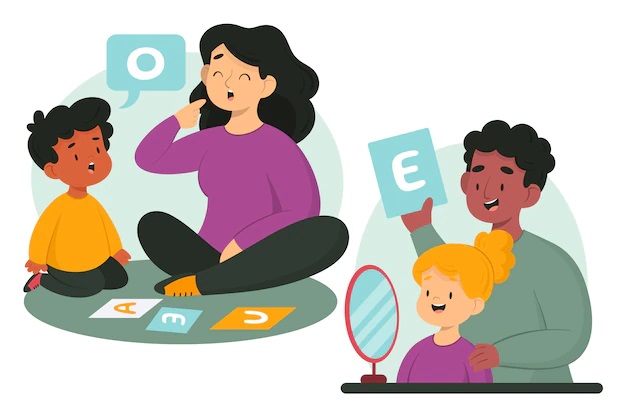
Teaching children to use words
Have you ever come across a child who says a lot of words randomly but does not seem to use them? They can label things around them, including pictures in books etc. They won’t request for same when they need them.
They may appear frustrated when they need something even though they have named that item before. Many children with language difficulties have trouble using their words. Language use is not just about naming items. It includes the use of these words to appropriately make requests, answer questions, narrate a story, express opinions, thoughts and ideas, express emotions, describe events, build relationships and seek attention. Words, thus, have several functions. Using words in a manner that serves a purpose for the person is referred to as functional communication.
Advertisement
Communication
Functional communication is, however, not limited to words only. Gestures and any means of communication that is purposeful for the person also refer to functional communication.
What to do to help?
1. Teach your child the names of every family member - You can create a family album of all the members of your family and teach your child their names. This may include mum, dad and siblings. Helping children to call the names of people around them for attention is one of the first things to do when teaching functional communication. Modelling these names when referring to them helps your child to learn to use these words functionally.
2. Make requests - Teach your child how to make requests using the words that they have. This works better with things that are motivating as that offers them a reason to request them. Use things that the child likes such as playing a particular game, a hobby they like (for example, playing football, swimming and riding a bike) or just picking them up, for instance. Model requesting for these using their words before they get to play with any of them or be engaged in them. As this is motivating for them, they are likely to learn to use their words to request them.
3. Model language – Modelling words for your child will help teach your child to use the words. Avoid saying to them “use your words”. For example, when they start screaming because they are hungry, you’ll say “food”, not “use your words”.
4. Pause – Some children need some time to recall the words and use them. Allow them sometimes to respond. Model pausing to allow your child to respond. If they respond non-verbally, model the words for them.
5. Emotions – Sometimes, children with communication difficulties express themselves through behaviours such as biting, throwing, hitting, banging their heads and pinching. Naming the emotions when this is happening may be helpful for the child to minimise it. For example, when they are throwing objects because they are angry, it may be helpful to say, ‘I can tell you are angry, let’s play your favourite game’. This may help to calm them down. Using pictures of emotions together with naming the emotion whenever this happens may help teach them to use their words.
The Writer is Speech and Language Therapist/Clinical Tutor
University of Ghana




